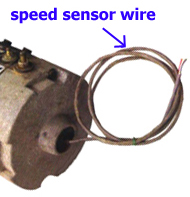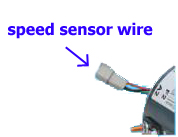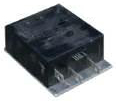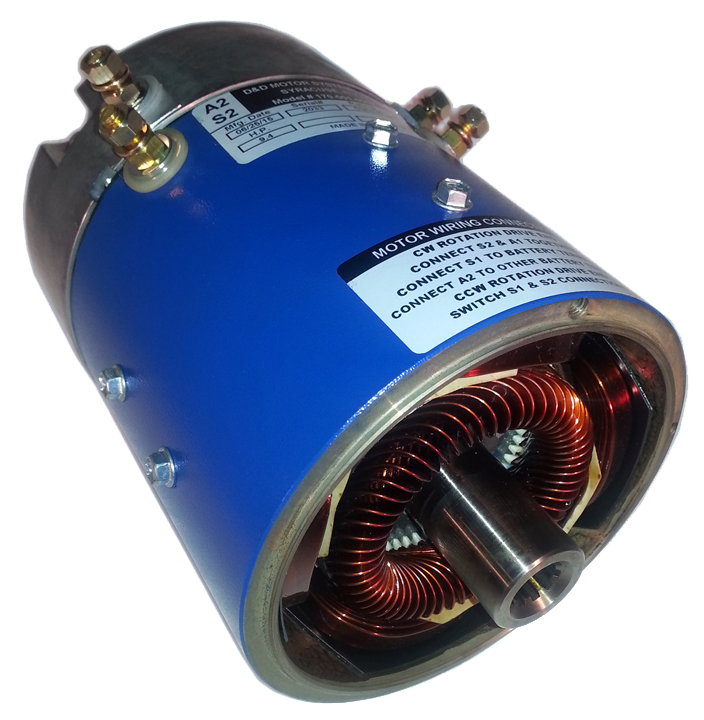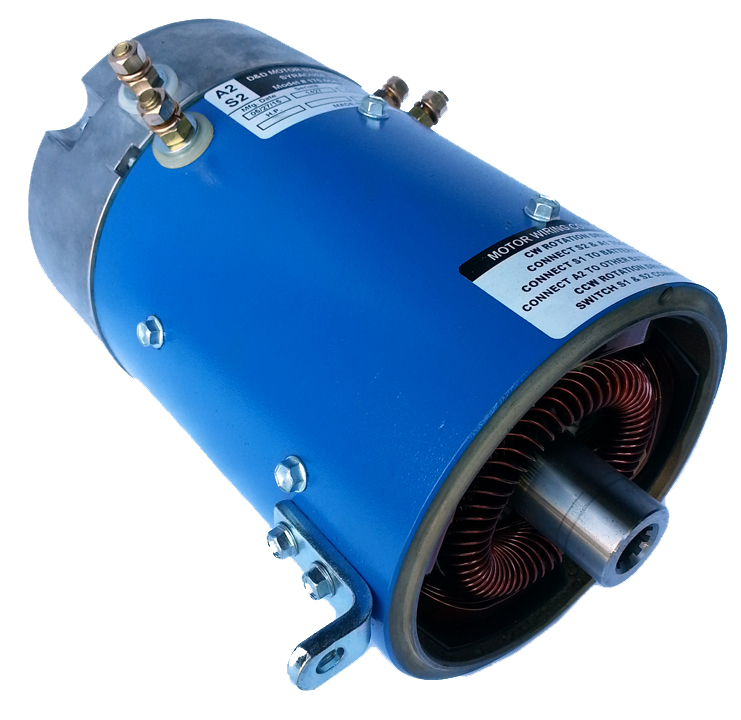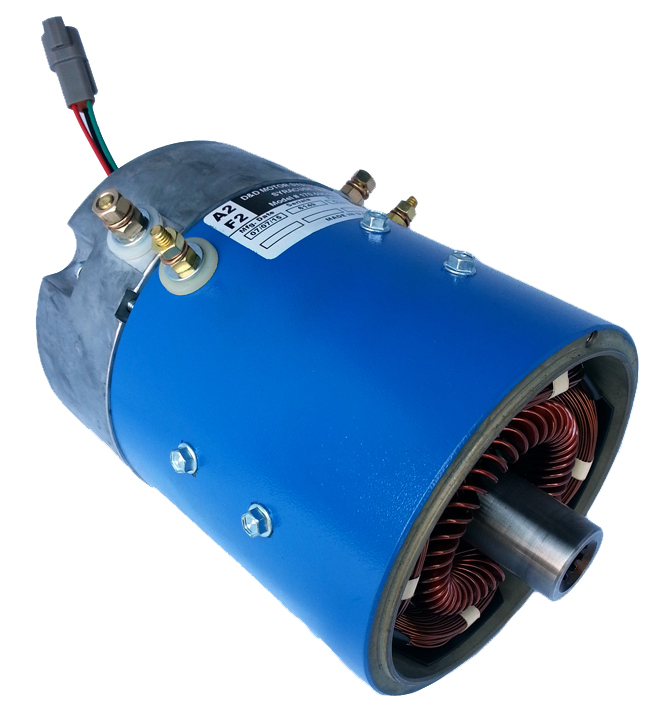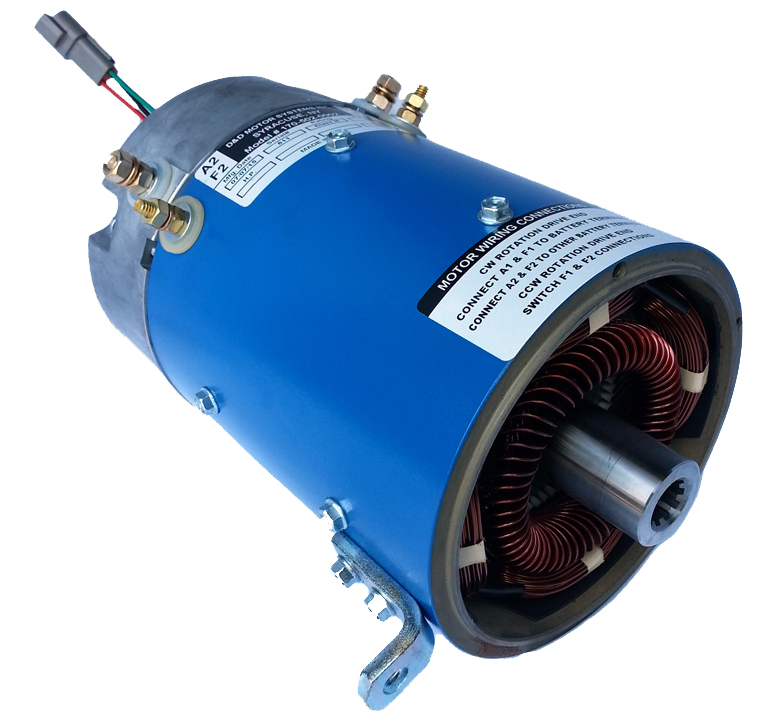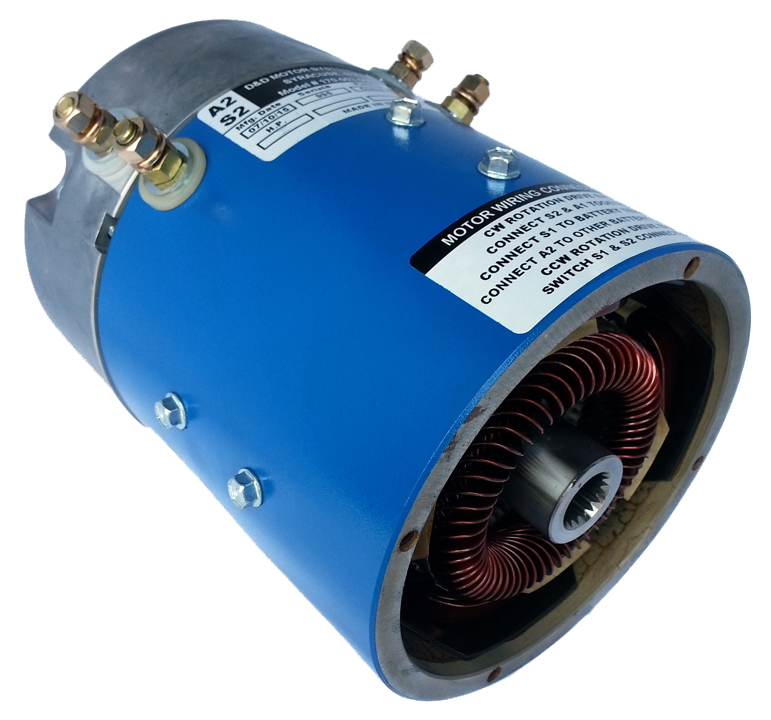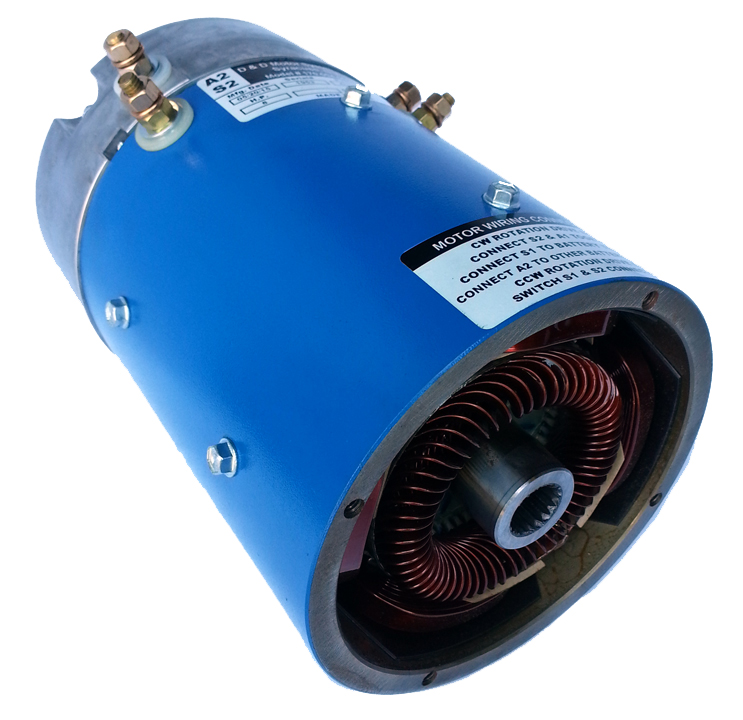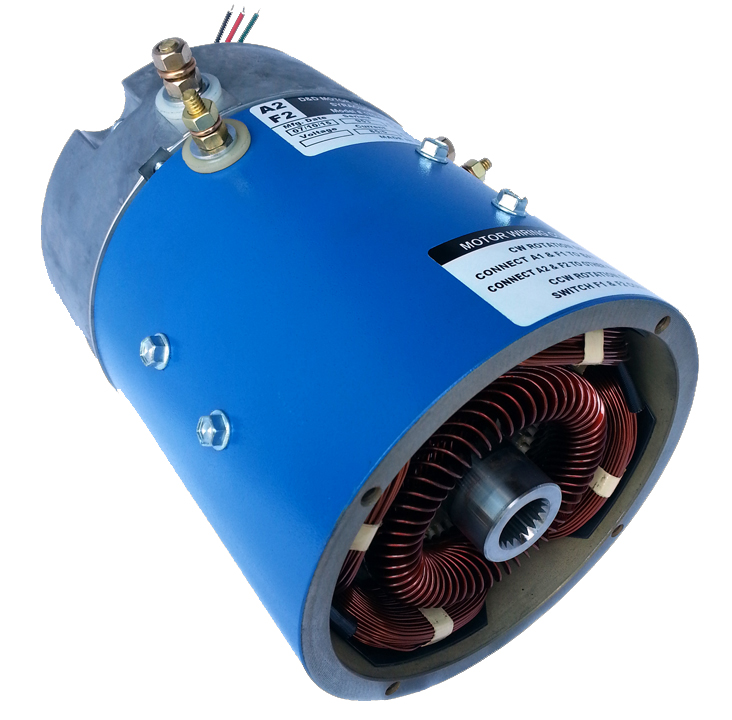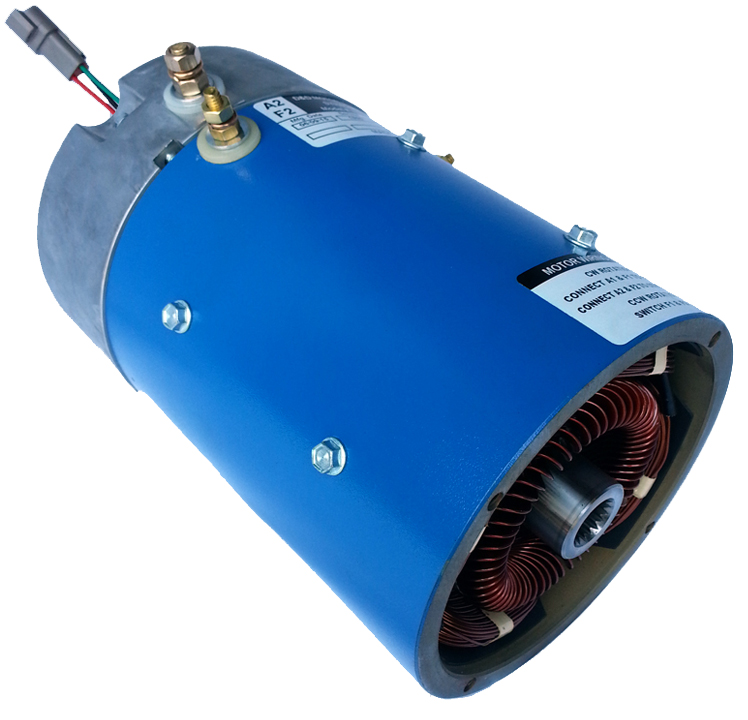Browse
Dealer
Golf Cart Motor Upgrades
Explore our comprehensive selection of DC & AC golf cart motors. Whether you're looking to enhance your EZGO, Yamaha, or Club
Car with a high-performance AC & DC motor upgrade, we offer the most reliable motors designed for every terrain, from street-legal flat roads to
hilly terrain and off-road adventures. Choose from motors that deliver superior speed, torque, and efficiency. Browse through our collection
below to find the right fit for your vehicle!
Click here to Choose
Made in the USA
"If it ain't blue, it ain't red, white, and blue"
Fast Shipping
96% of our products ship within 24 Hours
Low Prices
Similar product cheaper? We'll match
Popular Options
(5 easy ways to tell the difference - Use at least 3 of 5 to confirm.) |
||||||||||||||||||||||||
|
||||||||||||||||||||||||
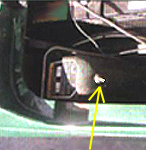 |
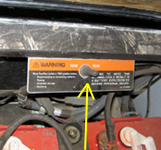 |
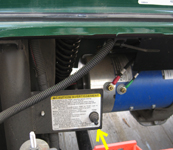 |
||||||||||||||||||||||
Fig 1.1 |
Fig 1.2 |
Fig 1.3 |
||||||||||||||||||||||
EZ-GO Run/Maintenance Switch |
Club Car Tow/Run Switch |
Yamaha Tow/Run Switch |
||||||||||||||||||||||
|
||||||||||||||||||||||||
Fig. 2
Exception: Early EZ-GO - DCS (Drive Control System) models
around 1997 are Regen but do NOT have a speed sensor! |
||||||||||||||||||||||||
|
||||||||||||||||||||||||
Fig. 3a 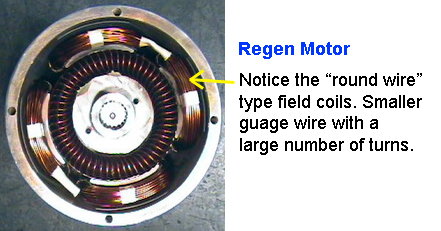 |
||||||||||||||||||||||||
Fig. 3b 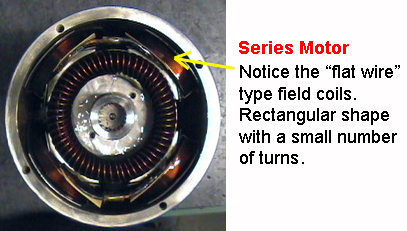 |
||||||||||||||||||||||||
|
||||||||||||||||||||||||
|
||||||||||||||||||||||||
Fig. 4 |
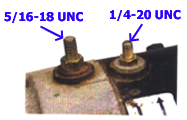 |
|||||||||||||||||||||||
| 5. Series Vehicle Features a. E-Z-GO Series Cart Features.
b. Club Car Series Cart Features.
|
||||||||||||||||||||||||
AC MOTORS
Why AC Motors?
AC club car motors represent the next step in electric drive technology. Unlike traditional DC club car motors, they deliver higher efficiency, meaning more of your battery power gets converted into usable energy — giving you longer run times on a single charge. Drivers notice smoother acceleration and more consistent performance thanks to instant torque response. On top of that, club car AC systems typically require less maintenance because they have fewer wear parts such as brushes.
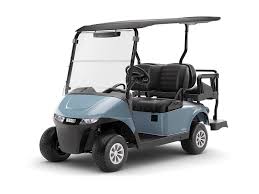
Applications
Our AC motors are engineered to perform across a wide range of vehicle types and terrains: Golf Carts – Club Car, EZGO, and Yamaha models can be upgraded with AC golf cart motor power for more speed, better hill-climbing, and extended range. By expanding into AC golf cart motor technology, we’re providing our customers with a one stop motor shopping experience.
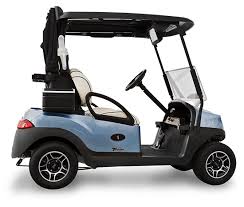
AC Motor Lineup – Coming Soon
If you would like us to email you our AC motor product line offering once it is available, just click the button below
AC Motors Release Info
Our new AC Motor lineup is expected to launch in Fall 2025. Stay tuned for updates and early access offers.
All Motors
Disclaimer: Vehicle performance specs are compared to the standard factory performance. Several factors can effect the performance. Some are battery conditions; tire size, tread type and air pressure; and varying environmental conditions. Standard factory speeds normally run about 14 MPH!!! All vehicle speeds noted are calculated on flat ground. Adding Larger tires normally adds between 2-3 MPH. If you are unsure of how to use the above chart, please call (315) 701-0635. If you do not see the performance you require, please call. We often are capable of making non-standard motors through our engineering department.
Golf Cart Motor Information
Complete Golf Cart Motor Selection
Explore our comprehensive range of golf cart electric motors for all major brands including EZGO, Yamaha, and Club Car. From high-speed motors to high-torque options, we have the perfect solution for every driving style and terrain.
-
EZGO Motors - All Models
-
Yamaha Motors - G Series & Drive
-
Club Car Motors - DS & Precedent
-
High-Speed Electric Motors
-
High-Torque Performance Motors
-
36V & 48V Motor Options
-
Series & Regenerative Motors
Why Upgrade Your Golf Cart Motor?
Upgrading your golf cart electric motor is the key to unlocking superior performance, whether you're seeking higher speed, improved torque, or better hill-climbing ability. Our motors are engineered for all terrains - from flat roads and street-legal applications to challenging hills and off-road adventures.
DC and AC Motors for Every Application
Choose from our extensive selection of DC and AC motors designed to excel in different conditions. DC electric motors provide smooth, reliable performance with simple maintenance, while AC electric motors deliver superior efficiency, higher power output, and extended battery life. Whether you prioritize speed or torque, we have the ideal motor.
Performance-Optimized Motor Solutions
Our golf cart electric motors are engineered for maximum speed, torque, and efficiency. Whether you're upgrading for better acceleration, enhanced hill-climbing power, or improved battery efficiency, our electric motors will transform your cart's performance. From Series motors to Regen and AC options, find your perfect match.
Custom Motor Configurations
Need specific performance characteristics? We offer custom motor solutions tailored to your unique requirements. Whether you want maximum top speed, increased torque for steep terrain, or optimal battery efficiency, our technical team will help you select the perfect motor configuration.
USA-Made Quality & Reliability
All our golf cart motors are proudly Made in the USA, ensuring the highest quality standards and reliable performance. We're committed to delivering motors that enhance your golf cart's performance, extend its lifespan, and provide the ultimate driving experience across all brands and models.
Resources and Documents
For more help, call 315-701-0635
